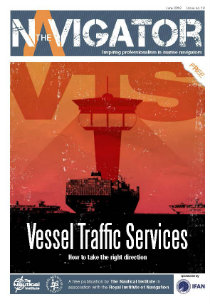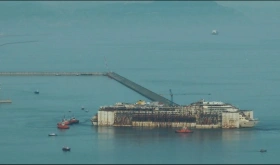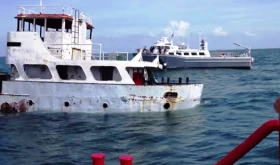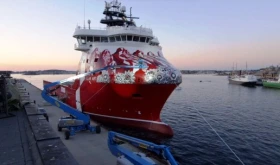It was recently shared by SHIPOWNERS P&I Club, that a number of their members experience a large number of collision claims related to berthing operations during STS. The club had published on 27/01/2015 a bulletin with advises to members on procedures towards ensuring that STS approaching is carefully planned.
Nevertheless, the club still experiences a large number of incident claims and recently has shared with its members that a diligent planning should include the club recommendations that were outlined in the billeting of 27 January 2015.
Human element is the major factor during the organisation and assessment of an STS operation. By far most important is to follow industry guidelines while simultaneously making sure that all STS stakeholders evaluate and implement industry guidelines with due care. Regardless the level of preparedness a ship owner implements in an STS operation through training, procedures and evaluation, it is important to know that all three involved parties (both vessels and the POAC) act with the required level of preparedness.
The culture of being diligent in the organisation of an STS operation is implied through “Due Diligence” actions that need to be exercised, primarily from the shipping company followed by well-established and measurable procedures.
Vessel approaching during an STS operation is the first action towards implementing the operation but also denotes that “proper planning” has been effected prior to engaging to the physical process.
Online STS has issued a safety circular withsafety precautions which, when taken, help in avoiding a potential collision. Some of these precautions are outlined below:
- Assess the Joint Plan provided by the Service Provider and POAC along with its risk assessment
- Assess the Parallel body of the manoeuvring vessel and make sure that primary fenders are correctly positioned
- Assess the position of the secondary fenders
- Assess that the scheduled fenders are adequate for your STS operation
- Assess that fenders are properly maintained according to industry and ISO requirements
- In consecutive STS operations, where fenders have been placed on the constant heading vessel, attention is drawn to the RISK assessment that has been developed
- Ensure that the participating (manoeuvring) vessel does not have any pending class conditions etc
- Make sure that the crew is fatigue free, especially during consecutive STS operations
- Conduct a relevant drill prior to the STS operation
More information can be found in onlineSTS Safety Circular 18 Steps To Prevent a Collision During Manoeuvring for a Ship-To-Ship Transfer Operation.














Leave a Comment